Our everyday lives depend to a large extent on water, and having access to reliable, clean water is fundamental for our health and well-being. In our houses, we utilise water for a variety of activities, including drinking, cooking, cleaning, and bathing. Have you ever contemplated, though, how water flows through your home?
To guarantee that you always have access to clean water, it is crucial to understand your home’s plumbing and water supply systems. The flow of water through your home, from the source to your faucets, will be examined further in this piece. We will also look at the various plumbing and water supply components and how they interact to deliver water to you.
WATER SUPPLY SYSTEM
Your home’s water supply system is in charge of doing that. It is made up of a number of components that work together to make sure you have access to clean, safe water.
1. Water Supply System Overview
The water source, which may be a lake, river, or groundwater well, is the first component of the water supply system. The water is subsequently processed at a water treatment facility, where it is cleaned of impurities and rendered safe for consumption. After treatment, the water is kept in a water storage tank before being delivered through a network of pipes to houses and businesses.
2. Detailed Description of the Water Delivery System’s Components
- Water Source: The water source is where the water supply is derived from. It could be a well or a lake, river, or groundwater supply.
- Water Treatment Plant: The water treatment plant is in charge of cleaning out any contaminants that could be hazardous to human health from the water.
- Water Storage Tank: Before being delivered to homes and businesses, treated water is stored in the water storage tank.
- Distribution Network: The distribution network is a system of pipes that carries water from the treatment facility to residences and commercial buildings.
3. How Water Gets from the Source to Your House
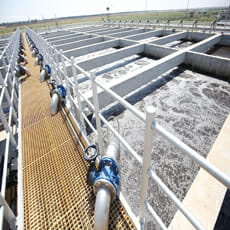
The water delivery system makes use of pumps and pressure regulators to guarantee that the water pressure is enough. Thus, the water supply system is in charge of giving families and businesses access to clean, safe water.
It is made up of a number of components, such as the water source, water treatment facility, water storage tank, and distribution system. You may better appreciate the significance of maintaining a clean and safe water supply by knowing how these components interact.
PLUMBING SYSTEM
Your home’s plumbing system is in charge of delivering water. It is made up of a number of components that all work together to give you access to running water whenever you need it.
1. Plumbing System Overview
The water metre, which calculates how much water is consumed in your home, is where the plumbing system starts. The water then passes through the main water shutoff valve, giving you the option to stop the water supply to your house in the event of a leak or other emergency.
The water then passes through the water heater, where it is heated before being used throughout the home. Then, a system of pipes delivers the hot and cold water to faucets, showers, and appliances like dishwashers and washing machines.
2. An Explanation of the Different Plumbing System Components
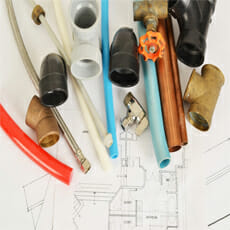
Before the water is distributed throughout the house, it must first be heated by the water heater. It comes in a variety of sizes and types and can be either gas or electric.
Additionally, Copper, PVC, and PEX are just a few of the materials available for water pipes, which are used to deliver water throughout your home.
3. How Water Travels from the Main Water Supply Line to Your Faucets
A system of pipes distributes the water to faucets, showers, and appliances after it exits the water heater. Both the hot and cold water systems are independent, each with its own set of pipes. Also distinct, the drainage system is in charge of removing wastewater from your house.
As a result, the plumbing system is in charge of delivering water throughout your house. The water metre, main water shutoff valve, water heater, and water pipes are some of its components. You can better appreciate the significance of keeping a functional plumbing system by being aware of how these components interact.
Read More: Different Types of Taps
REGULATION OF WATER FLOW
To ensure that you have enough water pressure and flow throughout your home, water flow regulation is crucial. You can encounter low water pressure or erratic water flow without correct regulation, which can be annoying and uncomfortable.
 1. Water Pressure Control Devices
1. Water Pressure Control Devices
In order to control the pressure of the water entering your home, water pressure regulators are devices installed in the main water supply line. In order to protect your plumbing system and appliances, the water pressure regulator lowers the pressure of the water entering your home to a safe level.
2. Valves for Flow Control
Water flow via your plumbing system can be controlled with flow control valves. They are installed at strategic locations to ensure that the water flow is consistent and adequate.
3. Water Flow Problems
Low water pressure and erratic water flow are frequent problems that can be brought on by a number of things, including clogged pipes, leaks, or damaged plumbing fittings. These problems can be annoying and uncomfortable, but they could also be an indication of more serious concerns with your plumbing system.
4. The Value of Water Flow Control
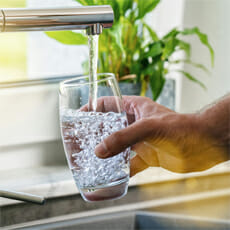
To ensure that you have enough water pressure and flow throughout your home, water flow regulation is essential. Devices like flow control valves and water pressure regulators are used to control the flow and pressure of water in your plumbing system.
Understanding the significance of water flow control can help you keep your plumbing system in good working order and ensure that you always have access to clean, safe water.
CONCLUSION
Maintaining a functional plumbing system and making sure you always have access to clean, safe water requires an understanding of how water flows through your home. Your home receives water from the water supply system, and the plumbing system distributes it throughout the building.
In order to guarantee that you have sufficient water pressure and flow, proper water flow regulation is also essential. Leaks, blockages, and low water pressure are all problems that can be avoided with routine plumbing maintenance and inspections. Furthermore, it’s critical to take care of any plumbing concerns as soon as possible to avoid more serious and expensive problems.
You may better appreciate the significance of keeping a functional plumbing system by being aware of all the components of your water system and how they interact. You can make sure that your home’s plumbing system continues to give you access to clean, safe water for many years to come by giving it the right attention and maintenance.
If you have any plumbing inquiries, contact Damien McEvoy Plumbing at (02) 8599 4593. We’re here to help!

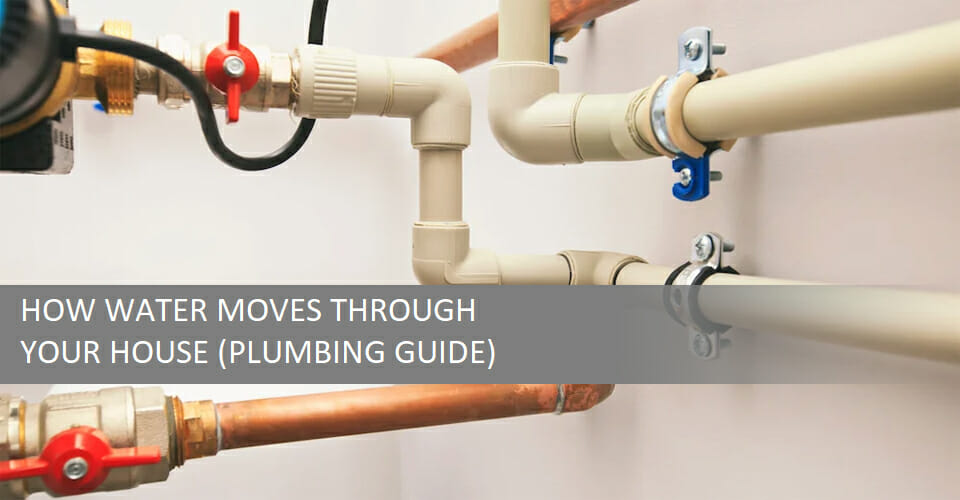
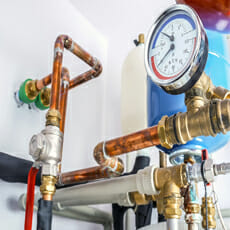 1. Water Pressure Control Devices
1. Water Pressure Control Devices Enquire
Enquire